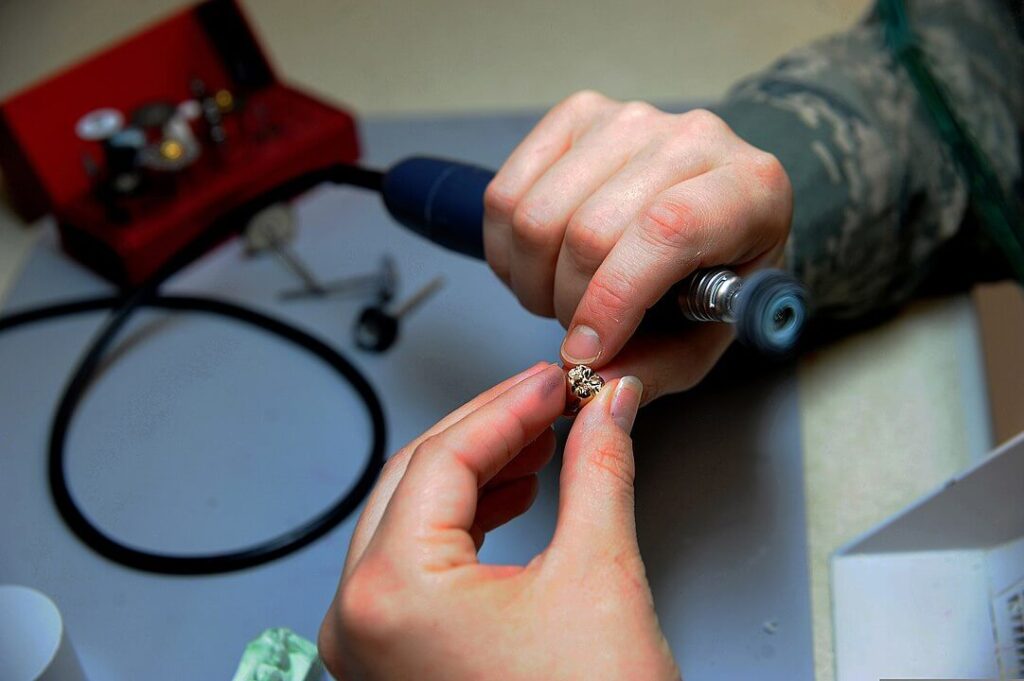Craze Lines
Craze lines are tiny vertical hairline cracks that appear in the tooth enamel.Indirect & Direct Bonded Fillings
- Indirect dental bonding – Direct dental bonding is done in one appointment without the need to involve a dental lab. The materials are bonded to your teeth with a high-intensity curing light.
- Direct dental bonding – This method requires a laboratory, if you need crowns, caps, or veneers bonded to your teeth, they will need two separate appointments.

Direct Dental Bonding Vs. Porcelain Veneers
Porcelain veneers are a form of indirect dental bonding, they are more expensive than direct dental bonding materials. While they are very effective, aesthetic, and will fix some specific issues, they may not be for everyone. Porcelain veneers are made in a lab and will require two different dental appointments to be completed.
Direct dental bonding is cheaper than porcelain veneers and lasts a long time, it can also be inserted in just 1 appointment as opposed to two. However, bonds are more prone to stains than porcelain veneers, can require more upkeep, and are slightly less natural-looking than porcelain veneers.
If you have good insurance coverage and you are in favor of porcelain veneers, then they will be a better option in the long run.
Who Would Benefit From Dental Bonding?
A large number of people can benefit from indirect and direct dental bonding as it covers a wide variety of issues. Dental bonding can be used for both restorative and cosmetic dentistry, if you need improvements in any of these areas then you can benefit from direct or indirect dental bonding:
- Improperly sized teeth
- Misshapen teeth
- Fixed, cracked, or fractured teeth
- Heavily discolored or stained teeth
- Fix a tooth cavity
Dental Bonding Aftercare
- Composite materials can stain – Cut down on coffee, wine, etc. If you do consume these beverages, use a straw to help prevent staining.
- Quit smoking and tobacco products – Smoking is terrible for stained teeth, oral health, general health, and your finances.
- Wear a custom mouthguard – If you have nighttime bruxism, are prone to grinding your teeth, or play physical sports.
